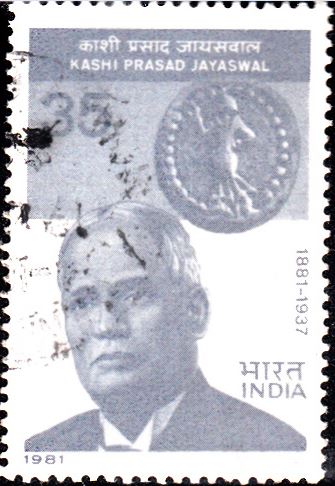
Kashi Prasad Jayaswal
A Commemorative Postage Stamp on the Birth Centenary of K. P. Jayaswal, an Indian historian and nationalist, president of Numismatic Society of India :
Issued by India
Issued on Nov 27, 1981
Issued for : Indian P & T Department is privileged to issue a stamp in his honour.
Description of Designs : The stamp, designed by India Security Press, has a portrait of the personality along with the facsimile of a coin of Yaudheya period. First Day Cover, designed by India Security Press shows the ancestral house at Mirzapur (U.P.). The cancellation was designed by Charanjit Lal.
Type : Stamp, Postal Used and Information Sheet (Brochure) bearing an Adhesive Postage Stamp with Cancellation
Colour : Blue Grey
Denomination : 35 Paise
Overall size : 4.06 X 2.75 cms.
Printing size : 3.70 X 2.40 cms.
Perforation : 14½ x 14
Paper : Unwatermarked P. G. Matt coated paper
Number printed : 20,00,000
Number per issue sheet : 40
Printing process : Photogravure
Printed at : India Security Press
Name : Kashi Prasad Jayaswal
Born on Nov 27, 1881 at Mirzapur, Uttar Pradesh, India
Died on Aug 4, 1937 at Patna, Bihar, India
About :
- Kashi Prasad Jayaswal was born in Mirzapur (U.P.) on 27 November 1881. After post-graduation from Allahabad University he entered Oxford University for further studies. He was called to the Bar of the Lincoln’s Inn, London after a distinguished career at Oxford culminating in his being conferred the degree of M.A. in Ancient Indian History. At Jesus College, Oxford he was awarded the Davis Chinese Scholarship for 1909. On his return to India, he set up practice at the Calcutta High Court. While at Calcutta he came into contact with Sir Ashutosh Mookherjee, then Vice-Chancellor of the Calcutta University. Sir Ashutosh inspired him to undertake extensive research in Ancient Indian History.
- Shri Jayaswal devoted more of his time to historical research than to legal practice. He first came to prominence with his articles on ‘Hindu Polity‘ published in the ‘Modern Review‘ in 1913, which shed a completely new light on ancient Indian history. His ‘Tagore Law Lectures’ at the Calcutta University on Hindu Law according to Manu and Yajnavalkya drew critical acclaim. His monumental work ‘History of India – 150 AD to 350 AD‘ supplemented by his work on Indian History from c. 700 BC to 770 AD illuminated many a dark period in Indian History.
- With the setting up of a High Court in Bihar in 1916 he shifted his legal practice to Patna. However, being a devoted Indologist he took active part in excavating, restoring and preserving ancient relics of India‘s cultural heritage. A large number of valuable vestiges which he salvaged are in the Patna Museum. He also collected Sanskrit manuscripts, and edited and published a descriptive catalogue of such manuscripts. He was a multi-faceted genius. A distinguished lawyer and eminent historian, he also possessed a deep knowledge of Numismatics, and had an extraordinary proficiency in deciphering ancient scripts. His deciphering of ‘Hathi-Gumpha‘ inscription of Emperor Kharavela (c. 173-160 BC) is a landmark. His remarkable discovery and study of a large number of coins of Maurya and Gupta periods led to his being the first Indian to be invited to speak to the Royal Asiatic Society of London in 1931.
- He was twice elected president of Numismatic Society of India (1934 and 1936) and of All India Oriental Conference (1933). He was also closely associated with Bihar & Orissa Research Society and the Patna Museum since their inception. Benares Hindu University and Patna University honoured him with the degree of Doctor of Philosophy (Honoris Causa). He died on 4 August 1937 in Patna.
- The above text is based on material supplied by the sponsors.



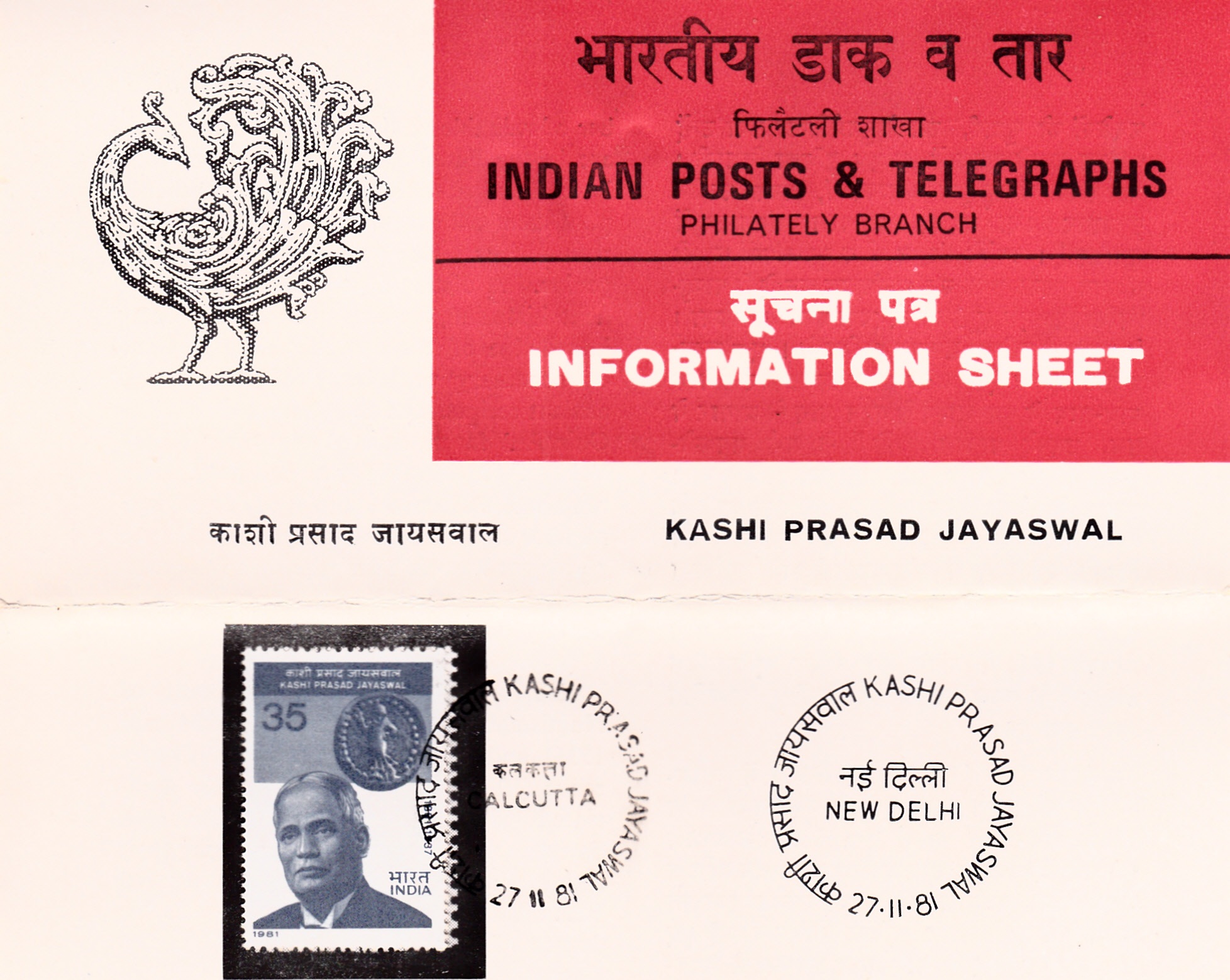
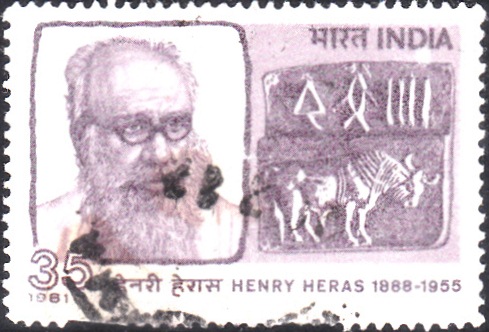
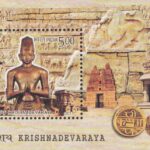
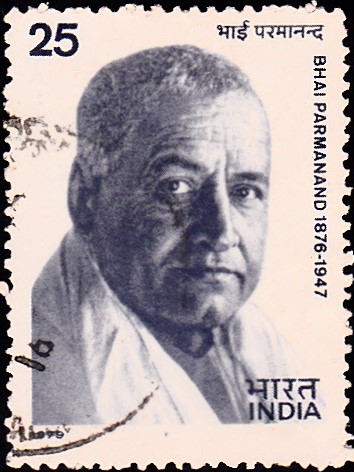
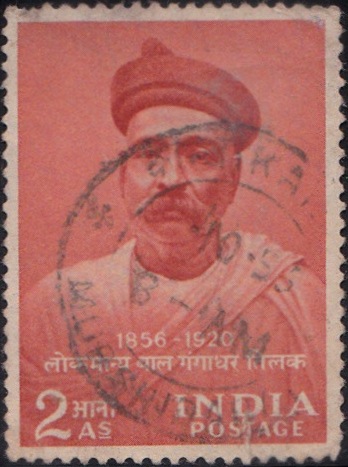
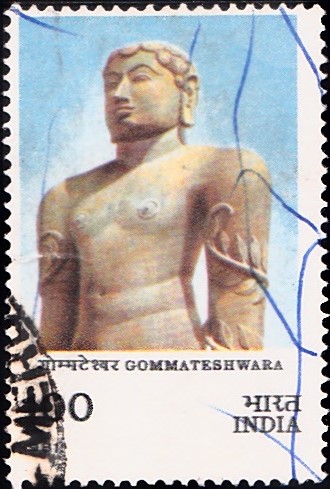
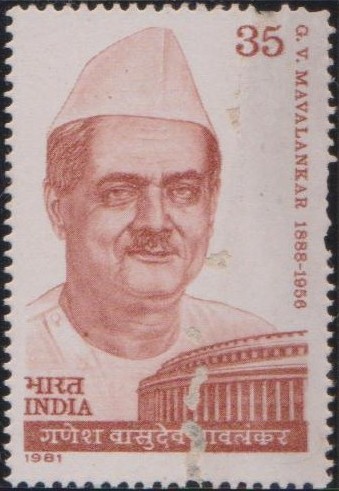
[…] became the guiding star of the literary elite. Later poets and writers like Maithili Saran Gupta, Kashi Prasad Jayaswal and Ganesh Shankar Vidyarthi drew inspiration from Acharya Dvivedi. He ushered in the modern […]